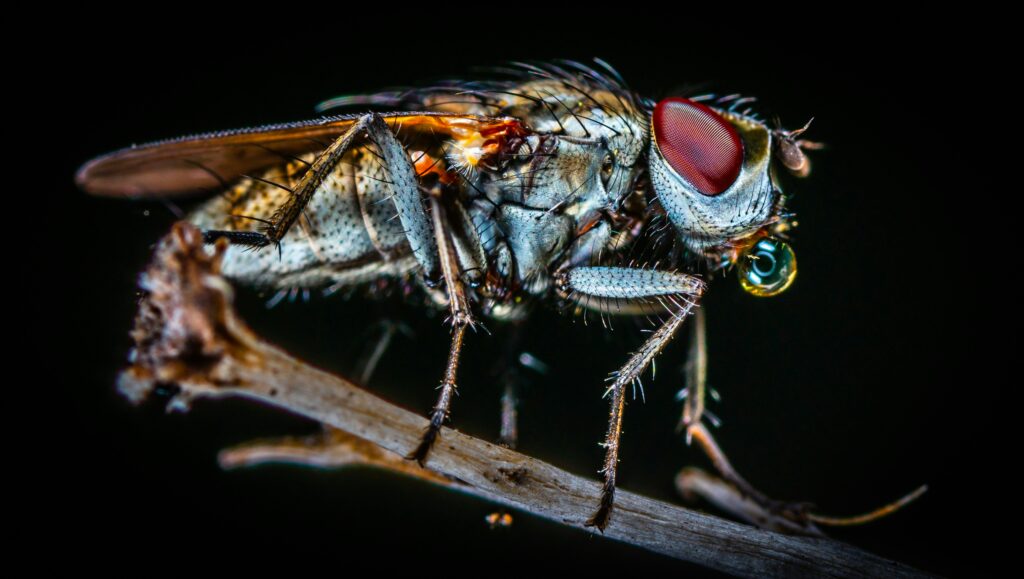In our interconnected world, scientific discovery no longer requires a laboratory coat or formal credentials. Citizen science—the collaboration between scientists and everyday people—has revolutionized how we understand the natural world, particularly the fascinating realm of insects. These tiny creatures, comprising over 75% of all animal species on Earth, are experiencing concerning population declines worldwide, yet professional entomologists alone cannot monitor them effectively. This is where you come in. From your backyard or local park, you can make meaningful contributions to insect research that helps scientists track population trends, discover new species, and develop conservation strategies. The digital age has made participation easier than ever, turning smartphones into powerful scientific tools and connecting curious observers with research projects around the globe.
Why Insects Matter: The Case for Paying Attention
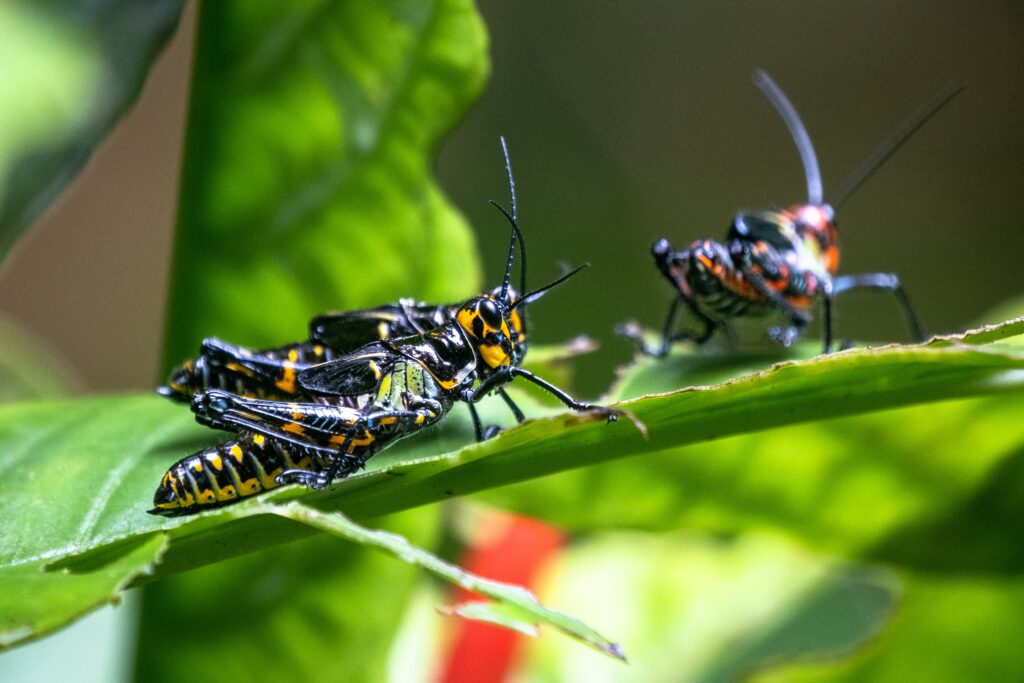
Insects serve as the unsung heroes of our ecosystems, performing vital functions that maintain the health of our planet. They pollinate approximately 80% of flowering plants, including many of our food crops, with an estimated economic value of $577 billion annually worldwide. As decomposers, insects break down dead plant and animal matter, recycling nutrients back into the soil and supporting plant growth. They also form the foundation of numerous food chains, serving as essential nutrition for birds, amphibians, reptiles, and mammals. Perhaps most telling is their role as bioindicators—their presence, absence, or population changes signal environmental health, making them early warning systems for ecosystem distress. When we monitor insects, we’re essentially checking the pulse of our planet’s health.
The Insect Apocalypse: Understanding the Crisis
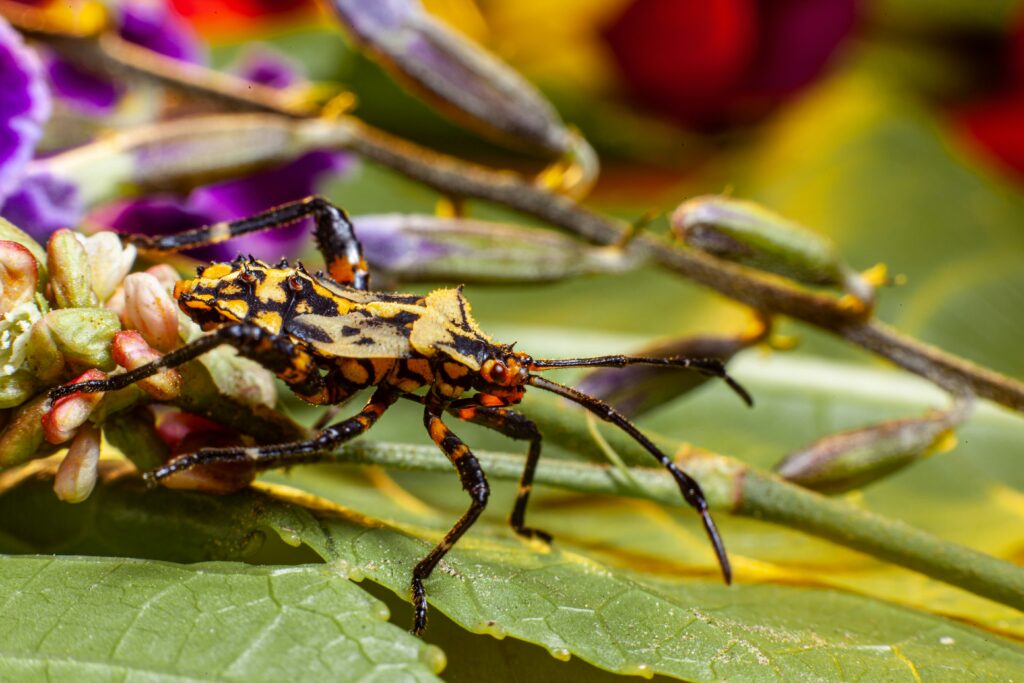
Scientists have been sounding the alarm about dramatic insect declines, with some studies suggesting we’ve lost up to 75% of flying insect biomass in certain protected areas over just 27 years. This phenomenon, sometimes called the “insect apocalypse,” poses profound threats to ecological systems and human food security. Multiple factors drive this decline, including habitat loss as natural landscapes are converted to agricultural and urban uses. Climate change creates thermal stress and disrupts the timing of life cycles, while pesticides and pollution directly kill insects or impair their development. Light pollution disrupts nocturnal insects’ navigation and breeding patterns, and invasive species introduction often outcompetes native insects. Citizen scientists play a crucial role in tracking these changes across diverse geographic areas over time, providing data that would be impossible for professional researchers to collect alone.
The Rise of Citizen Science: A Brief History

While the term “citizen science” may be relatively new, the concept has deep historical roots dating back centuries. Early naturalists like Charles Darwin corresponded with amateur observers worldwide who sent specimens and observations that contributed significantly to his theories. The Audubon Christmas Bird Count, launched in 1900, stands as one of the oldest continuous citizen science projects, demonstrating the lasting value of public participation in scientific monitoring. The digital revolution of the 21st century dramatically expanded possibilities for citizen science, with online platforms and smartphone apps enabling instant data collection, validation, and sharing. Entomology has particularly benefited from this democratization of science, as insects occur everywhere humans live, making them ideal subjects for distributed observation networks. Today’s citizen science projects range from simple observation reporting to more complex protocols involving specimen collection or habitat assessment, offering participation opportunities for all interest and skill levels.
Getting Started: Essential Tools for Backyard Entomology

Beginning your citizen science journey requires minimal investment but yields maximum satisfaction. A smartphone with a camera serves as your most versatile tool, capable of capturing detailed insect images that can be identified later or submitted directly to research projects. For closer observation, consider purchasing an inexpensive hand lens or loupe with 10x magnification, allowing you to see fine details like antennae segments or wing venation patterns. A notebook, whether physical or digital, helps you record important contextual information including date, time, location, weather conditions, and behavior observations. Field guides specific to your region help with identification, with options available as books or apps like Seek or iNaturalist. For those wanting to go deeper, a simple insect net, collection jars with mesh lids, and a white sheet with a light source for night observation can expand your detection capabilities. Remember that the most important tools are your curiosity and consistency—regular observation in the same location provides the most valuable data for scientists tracking changes over time.
Major Citizen Science Platforms: Where to Contribute Your Data

Several well-established platforms connect amateur entomologists with scientific research projects, making your observations count toward larger understanding. iNaturalist stands as perhaps the most versatile option, allowing users to photograph any plant or animal (including insects) and receive community and AI-assisted identification help, while simultaneously contributing to global biodiversity monitoring. Seek, developed by iNaturalist, offers a more gamified experience perfect for younger participants or beginners, providing instant identification without requiring account creation. For butterfly enthusiasts, eButterfly and the North American Butterfly Association’s Butterfly Count provide specialized monitoring opportunities, while Bumblebee Watch focuses specifically on tracking these important pollinators across North America. The Great Sunflower Project examines pollinator activity by having participants count visiting insects on specific plants. Each platform offers different user experiences and research focuses, but all provide straightforward ways to contribute meaningful scientific data from your own neighborhood.
Butterfly Monitoring Projects: Tracking These Indicator Species
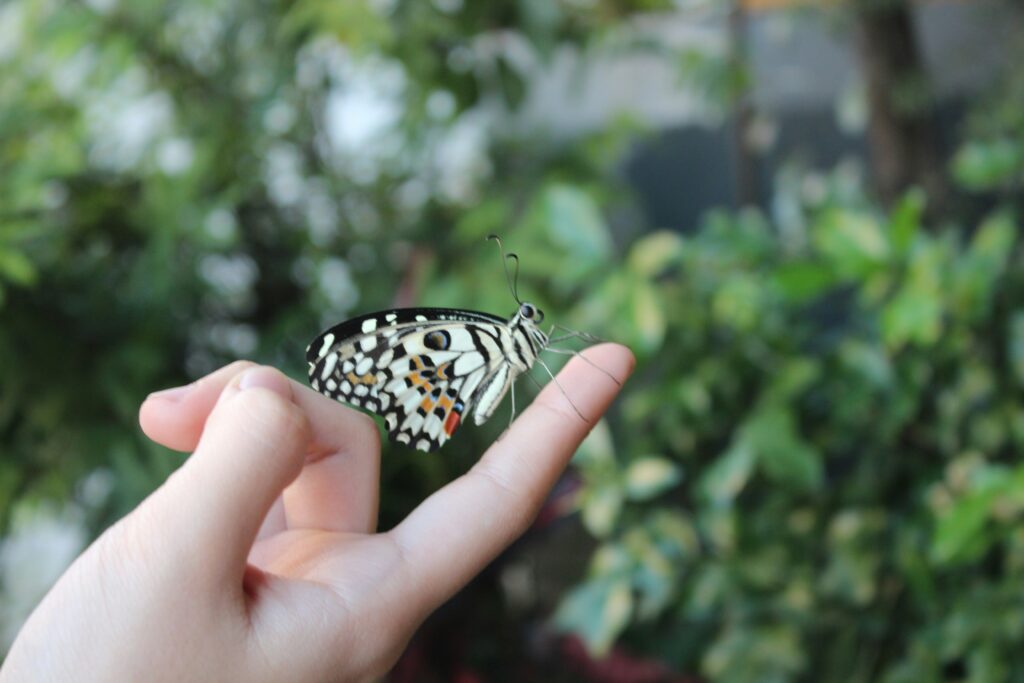
Butterflies represent some of the most closely monitored insects worldwide, serving as sensitive indicators of environmental health due to their specific habitat and host plant requirements. The Monarch Watch program engages thousands of volunteers in tracking the iconic monarch butterfly’s migration and breeding patterns, contributing crucial data about this species’ alarming decline and conservation needs. Participants can report sightings, tag butterflies during fall migration, or create monarch waystations by planting milkweed and nectar plants. The International Butterfly Monitoring Network coordinates standardized surveys where volunteers walk fixed routes weekly, counting all butterflies seen—a simple yet scientifically rigorous protocol yielding valuable population trend data. Many regional projects like the Illinois Butterfly Monitoring Network or the UK’s Big Butterfly Count provide locally focused opportunities, often with training workshops for beginners. These projects collectively demonstrate how targeted citizen science efforts can effectively track insect populations across vast geographic areas, producing peer-reviewed research and informing conservation policy.
Bee Observation Projects: Helping Our Most Important Pollinators

Bees face unprecedented threats worldwide, yet their essential pollination services make them critically important to monitor and protect. The Great Sunflower Project simplifies bee observation by asking participants to count pollinators visiting a single sunflower (or other selected plant) for just 10 minutes, making it accessible even for beginners or those with limited time. Bumble Bee Watch focuses specifically on these charismatic native pollinators, asking volunteers to photograph bumblebees they encounter and identify species using an online guide—a process that has helped track declining species and even rediscover populations thought to be locally extinct. For those interested in honey bees, the Honey Bee Health Coalition provides resources for monitoring hive health and reporting observations. Urban areas offer surprisingly rich bee habitat, and projects like the Portland Urban Pollinator Project engage city dwellers in documenting bee diversity in parks, gardens, and even parking strips. By participating in these projects, you contribute to our understanding of pollinator distribution, flower preferences, and response to climate change—knowledge essential for their conservation.
Firefly Watch: Illuminating the Lives of Bioluminescent Beetles
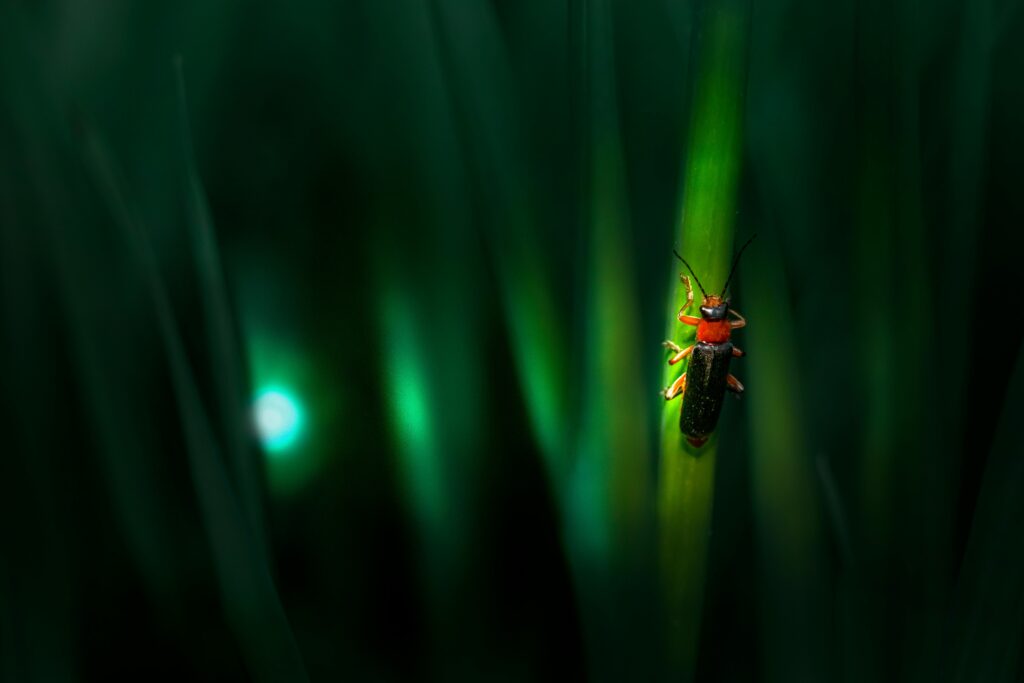
Fireflies captivate with their magical evening displays, but many species face population declines due to habitat loss, light pollution, and pesticide use. Firefly Watch, coordinated by the Museum of Science, Boston, invites participants to spend just 10 minutes once a week during summer evenings observing fireflies in the same location, noting flash patterns, weather conditions, and habitat characteristics. This simple protocol has generated valuable data about firefly distribution and activity patterns across North America since 2008. The project requires no special equipment beyond a thermometer to record air temperature, making it accessible for participants of all ages. Observers report fascinating discoveries, including range expansions of certain species and correlations between firefly activity and specific weather patterns. For those wanting to contribute more extensively, the Fireflyers International Network connects volunteers with research projects worldwide, including efforts to document and preserve unique firefly habitats like the synchronous fireflies of the Great Smoky Mountains, where thousands of insects flash in perfect unison.
Mosquito Monitoring: Citizen Science Fighting Disease Vectors

Mosquitoes rank among the world’s deadliest animals due to the diseases they transmit, making them crucial targets for citizen science monitoring. The Global Mosquito Alert Consortium coordinates projects worldwide where participants report mosquito encounters and breeding sites using smartphone apps, helping public health officials track potential disease outbreaks. The innovative Mosquito Alertsighting app allows users to send photos of mosquitoes for expert identification, helping track invasive species like the Asian tiger mosquito as they expand their range. The NASA GLOBE Observer Mosquito Habitat Mapper combines mosquito monitoring with climate science, having participants document locations where mosquitoes breed and eliminate standing water when possible. Participants in these projects often report satisfaction in turning an annoyance—mosquito bites—into valuable scientific data. Some programs, like the CDC’s MosquitoSurveillance project, even provide simple traps and training for volunteers willing to collect specimens for laboratory analysis, identifying mosquito species and testing for pathogens like West Nile virus or dengue.
Moth Observation: The Nighttime Insect Frontier
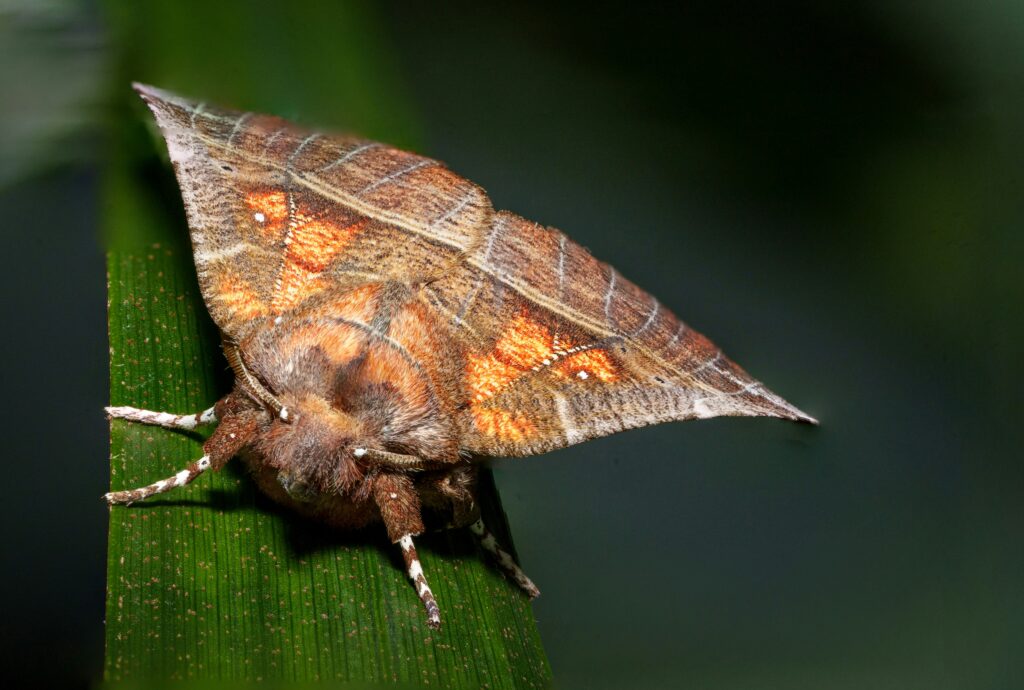
Moths outnumber butterflies by more than ten to one, yet these predominantly nocturnal insects remain relatively understudied, making citizen science contributions particularly valuable. National Moth Week, held annually in July, provides a perfect entry point for beginners, encouraging people worldwide to observe moths using simple techniques like hanging a white sheet illuminated by a light source. The Moths Count project in the UK trains volunteers to identify and monitor moth populations using light traps, with some participants documenting hundreds of species in their own gardens over time. For North American observers, the Moth Photographers Group provides identification resources and collects distribution data through submitted photographs. Monitoring moths offers unique insights into night ecosystem functioning and climate change impacts, as many species have shifted their emergence times or geographic ranges in response to warming temperatures. Participants often report becoming “mothing” enthusiasts after their first experience, fascinated by the diversity of these overlooked insects that visit their yards after dark.
School and Family Projects: Engaging the Next Generation
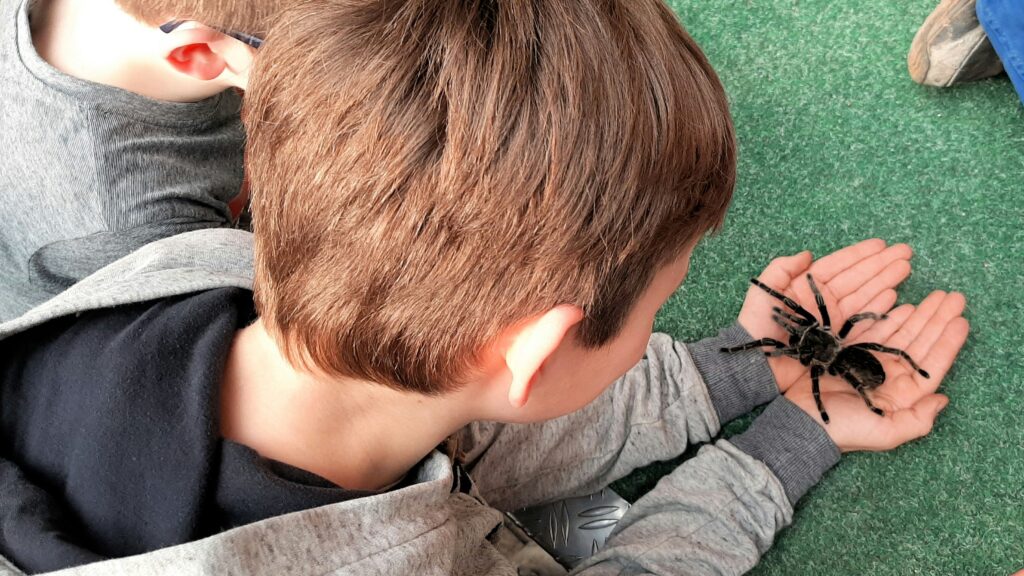
Introducing children to insect citizen science creates powerful learning opportunities while fostering environmental stewardship from an early age. The Lost Ladybug Project specifically targets young citizen scientists, asking children and families to photograph ladybugs (lady beetles) they encounter and submit data online, helping track the declining native nine-spotted ladybug and the spread of introduced Asian species. Monarch Watch offers classroom kits for raising monarch butterflies, allowing students to witness metamorphosis firsthand while contributing to migration research. For younger children, the Great Pollinator Project simplifies data collection to counting visiting insects on a selected flowering plant for just five minutes. Many schools establish “insect hotels” constructed from natural materials, monitoring which species take up residence throughout the seasons and providing habitat for beneficial insects. These projects connect directly with science curriculum standards while developing observation skills, data literacy, and a sense of scientific contribution—often inspiring lifetime interests in entomology or conservation.
Creating Insect-Friendly Habitats: Observation and Conservation Combined

Citizen science extends beyond observation to habitat creation, with many projects encouraging participants to establish insect-friendly spaces that serve as both research sites and conservation areas. The Xerces Society’s Pollinator Conservation program guides citizens in creating habitats with native flowering plants, nesting sites, and pesticide-free management practices, then monitoring which insects respond to these improvements. The Million Pollinator Garden Challenge connects habitat creation efforts across North America, with participants registering their gardens and reporting pollinator visitation. Homegrown National Park, inspired by entomologist Doug Tallamy, encourages converting portions of conventional lawns to native plant communities, documenting the resulting increase in insect diversity—participants frequently report doubling or tripling their yard’s insect species after habitat improvements. Community science projects like the Urban Pollinator Project demonstrate that even small urban spaces can support surprising insect diversity when planted appropriately. These combined observation-conservation approaches prove particularly satisfying as participants witness the direct impact of their habitat work through increased insect activity.
The Future of Insect Citizen Science: Technology and Opportunities
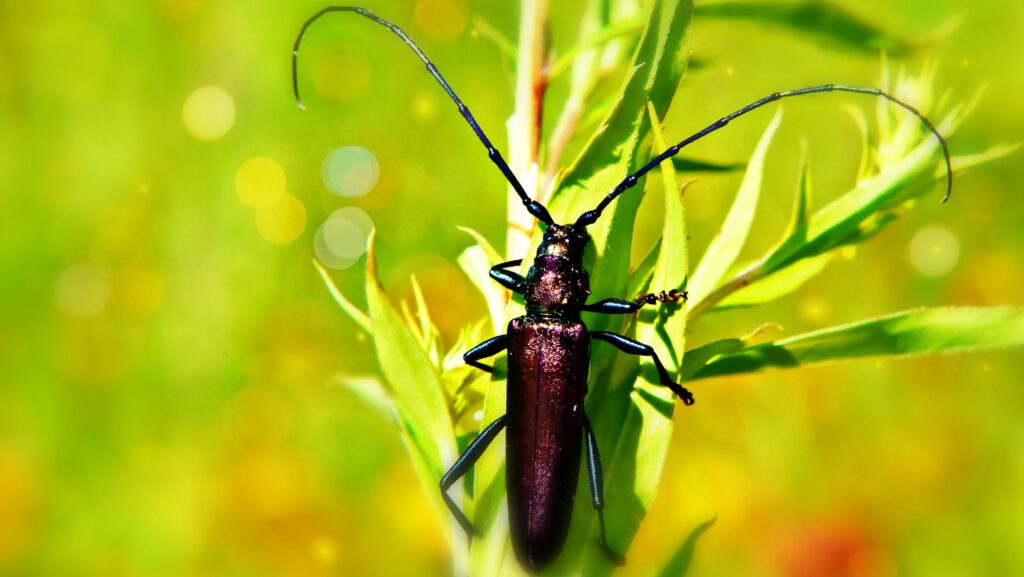
Emerging technologies are rapidly expanding the possibilities for citizen contributions to insect science, offering exciting opportunities for participation. Acoustic monitoring allows volunteers to record and identify insects based on their sounds, with projects like the Cicada Safari app using both photographs and recordings to track periodical cicada emergences. Environmental DNA (eDNA) sampling, where genetic material is collected from soil or water to identify species present in an area, has begun incorporating citizen participants in collection protocols, potentially revolutionizing insect inventory methods. Automated camera traps specifically designed for insects are becoming more affordable, allowing continuous monitoring of specific locations without constant human presence. Perhaps most transformative is the development of sophisticated AI identification tools that can instantly analyze smartphone photos, providing species identification with increasing accuracy—though still requiring human verification for scientific records. As these technologies develop, the distinction between professional and citizen scientist continues to blur, creating a more inclusive and expansive scientific community united by curiosity about the insect world.
Insect citizen science offers a remarkable win-win opportunity—researchers gain invaluable data across temporal and geographic scales impossible to achieve otherwise, while participants experience the joy of discovery, connection to nature, and the satisfaction of contributing to scientific understanding. Whether you have five minutes to count bees on a sunflower or wish to develop expertise in a particular insect group, your observations matter. In a time of unprecedented insect decline, these small acts of attention represent not only scientific contribution but also a form of respect for the tiny creatures that maintain our world’s ecological functioning. By observing your local insects and sharing what you see, you join a global community working to understand and protect these essential animals. The insects are all around us, waiting to be noticed—and science is ready for your help.

